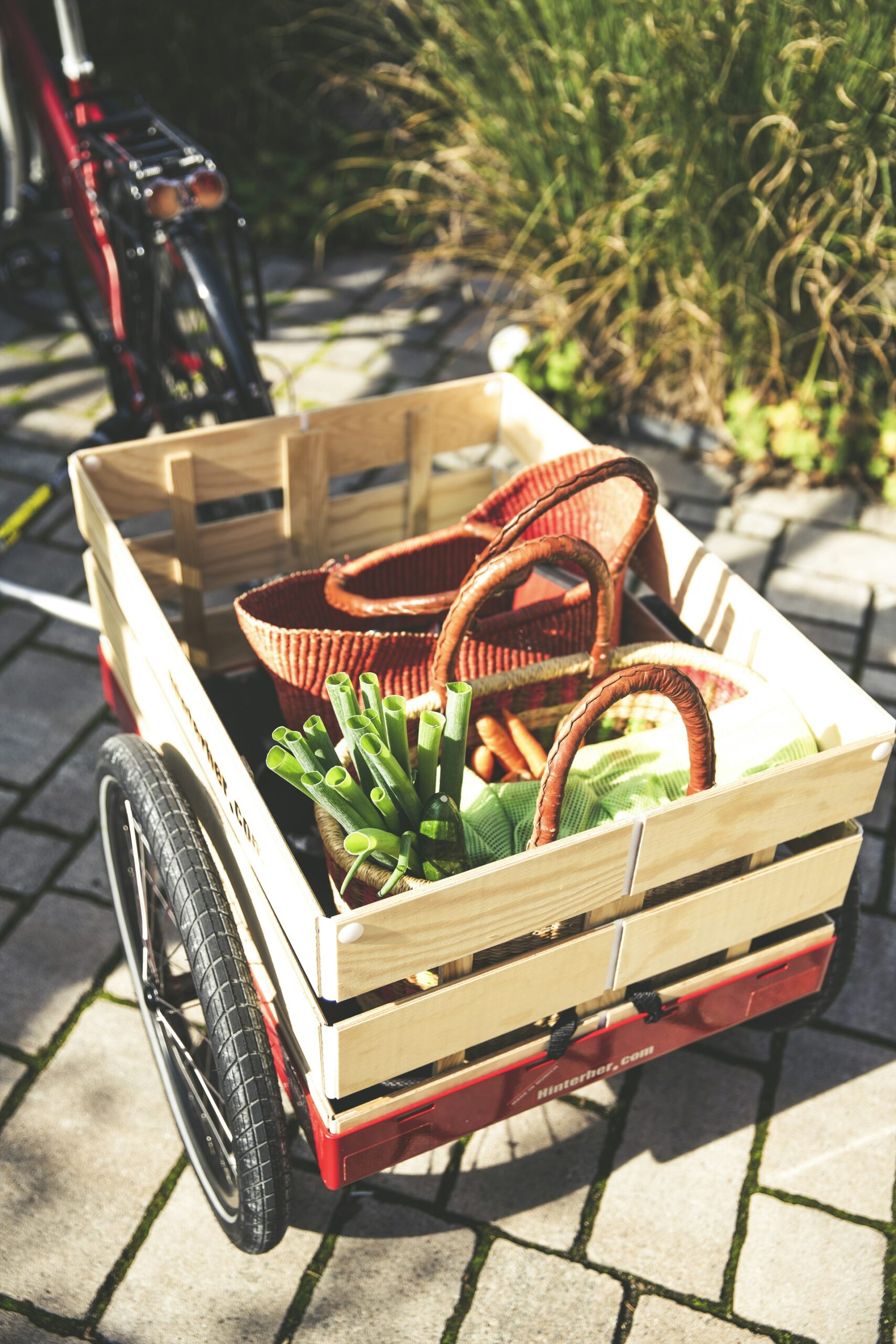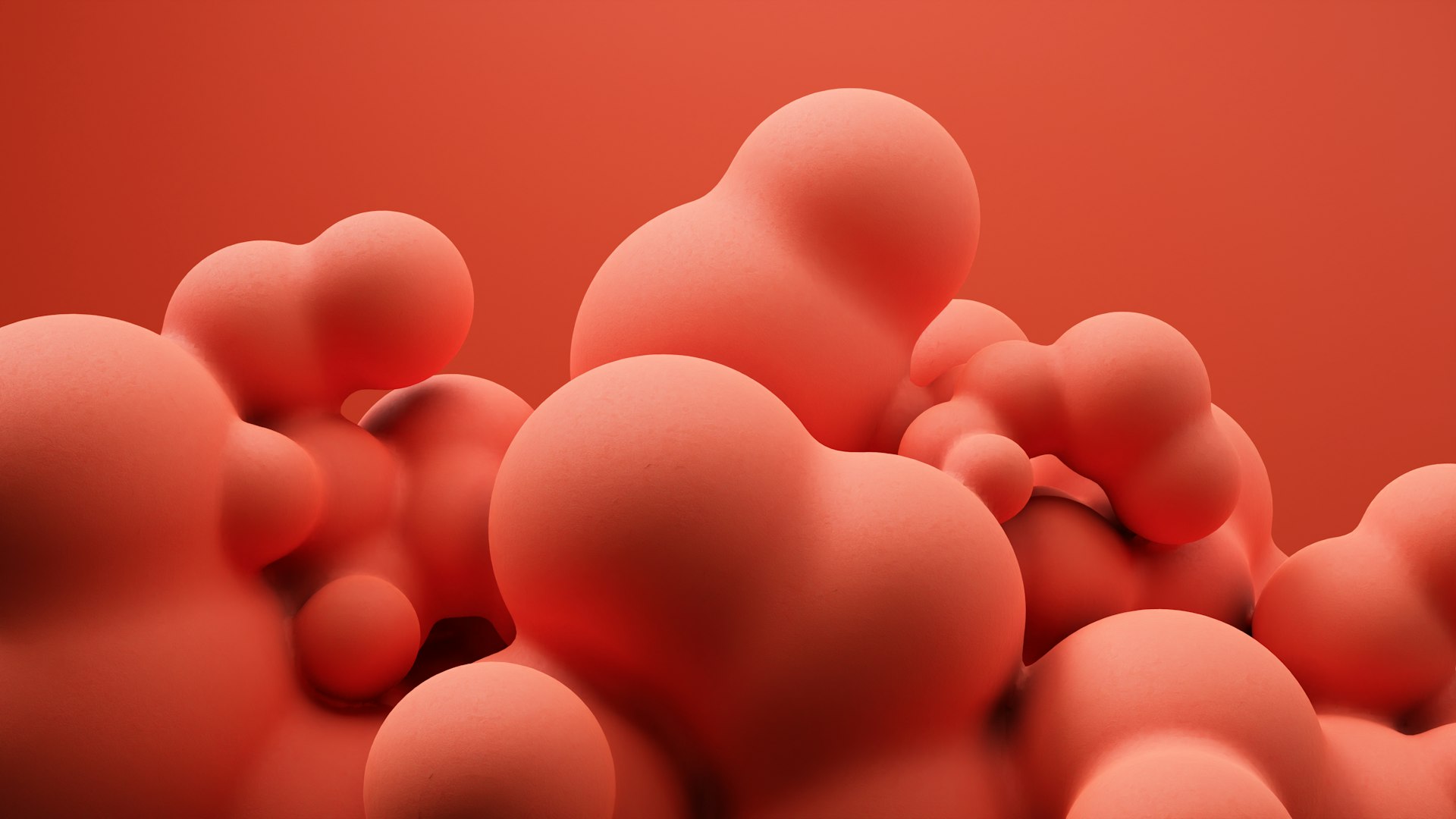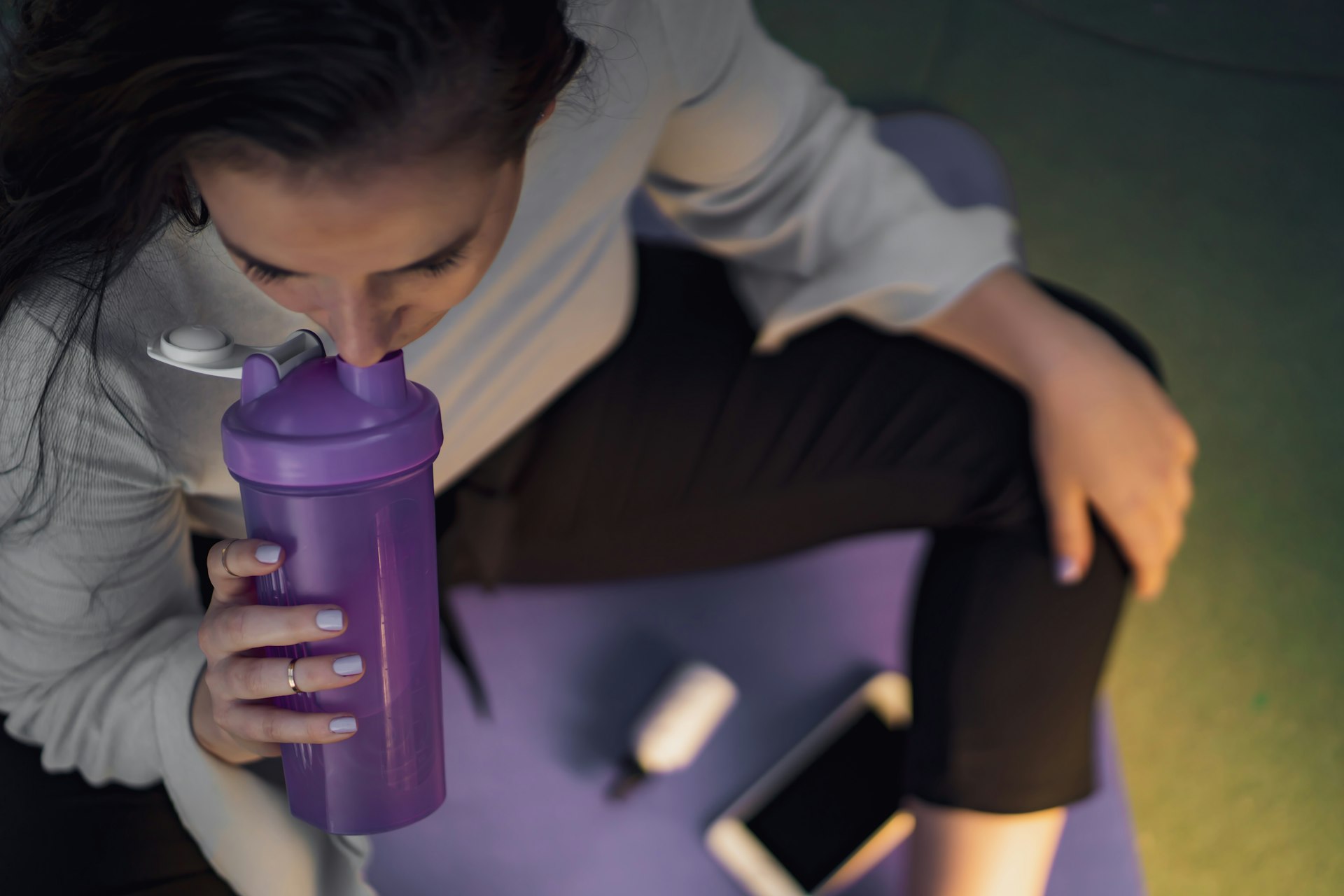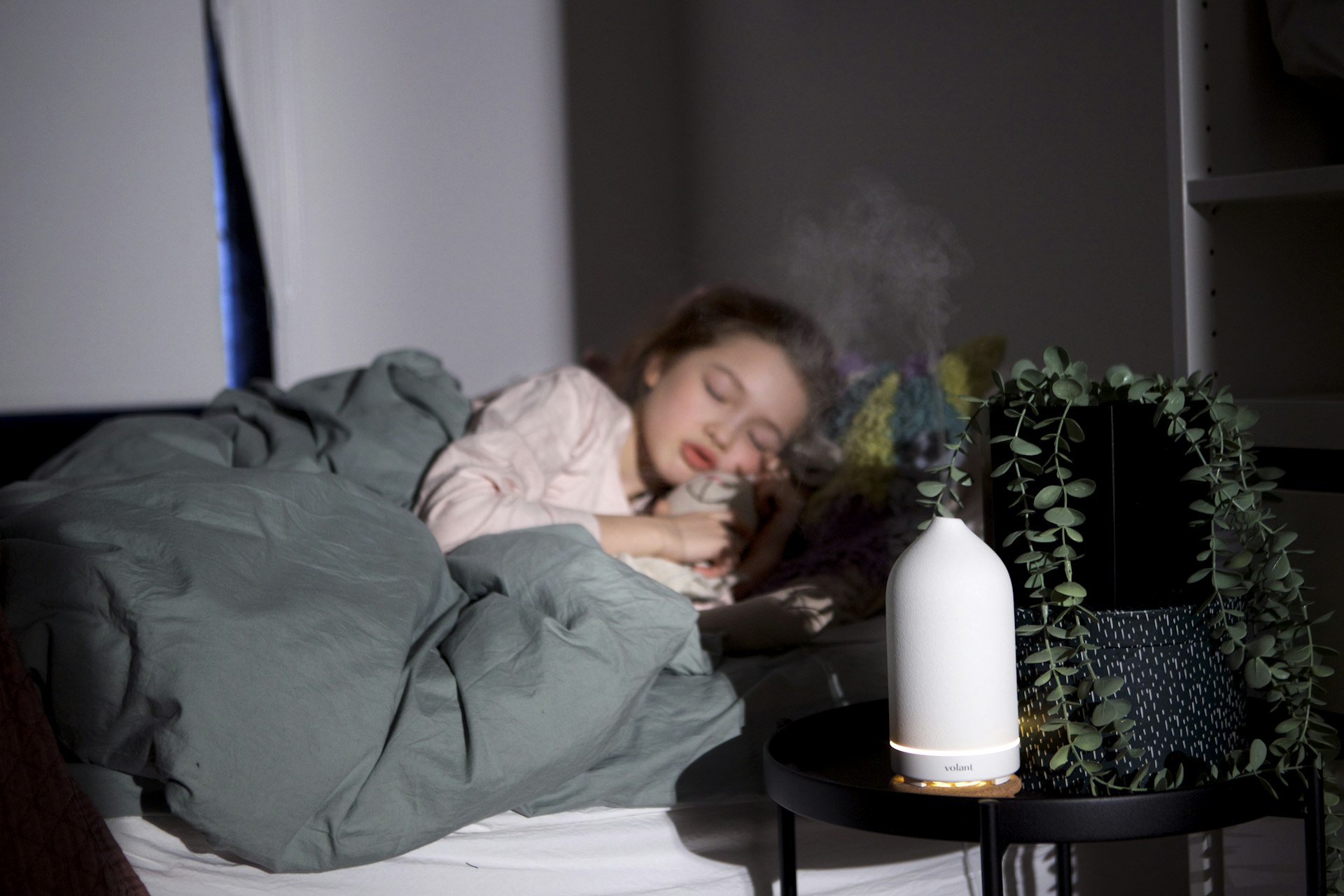Effective Home Strategies for Managing Yeast Infections: Safe Remedies and Practical Guidance

Photo by Kelly Sikkema on Unsplash
Understanding Yeast Infections and Their Symptoms
Yeast infections, most often caused by the fungus
Candida albicans
, can affect various parts of the body but are especially common in the vaginal area. Symptoms typically include itching, burning, unusual discharge, and irritation. Although these infections are uncomfortable, they are usually not dangerous for healthy individuals. However, persistent or recurrent cases, or those in individuals with weakened immune systems, always require professional medical evaluation. If you are experiencing symptoms for the first time or your symptoms are severe, it is essential to consult a healthcare provider for a diagnosis before starting any home remedy
[3]
.
Probiotics and Yogurt: Enhancing the Body’s Defenses
Probiotics
are beneficial bacteria that support a healthy balance of microorganisms in the body. Many yeast infections develop when this balance is disrupted, such as after taking antibiotics. Consuming probiotic-rich foods or supplements can help restore this balance and support the body’s natural defenses against
Candida
overgrowth
[1]
[3]
.
One of the most accessible sources of probiotics is plain Greek yogurt, which contains live active cultures like
Lactobacillus acidophilus
. Studies suggest that regularly eating unsweetened yogurt can help reduce the risk of yeast overgrowth, especially if you are taking antibiotics
[1]
. However, reputable health sources emphasize that yogurt should only be consumed orally-applying yogurt to the skin or vaginal area is not recommended and may worsen symptoms or fuel yeast growth due to natural sugars
[3]
.
How to implement:
- Eat one serving of plain, unsweetened Greek yogurt daily.
- Alternatively, consider a reputable probiotic supplement, following the manufacturer’s instructions.
- Avoid adding sweetened or flavored yogurts, as added sugars can promote yeast growth.
Boric Acid Suppositories: A Specialist Home Remedy
Boric acid suppositories have natural antifungal properties and are sometimes used for treating recurrent or persistent yeast infections, especially those resistant to conventional treatments [2] [1] . However, boric acid must be used with caution and should never be taken orally . Pregnant women should avoid boric acid entirely, and it should not be used on broken skin.
Step-by-step guidance:
- Purchase commercially available boric acid vaginal suppositories from a reputable pharmacy.
- Wash your hands thoroughly before use.
- Insert the suppository into the vagina as directed by the product instructions, usually once daily for up to two weeks.
- Discontinue use if irritation occurs and consult your healthcare provider.
Warnings: Boric acid is toxic if swallowed and can cause serious harm. Keep out of reach of children and pets. If you are pregnant or have sensitive skin, do not use this remedy [2] .
Natural Oils: Coconut Oil and Tea Tree Oil
Coconut oil is known for its antifungal properties and can be used to soothe itching and irritation caused by yeast overgrowth. Only pure, organic coconut oil should be used, and it may be applied externally to the affected area [2] .
Tea tree oil also exhibits antifungal effects, but it must be diluted with a carrier oil (such as olive or coconut oil) because the undiluted oil can cause irritation and allergic reactions. Never ingest tea tree oil, as it can be toxic [2] .
How to use:
- For coconut oil: Apply a thin layer of pure, organic coconut oil to the external vaginal area up to twice daily.
- For tea tree oil: Mix a few drops of tea tree oil with a tablespoon of carrier oil. Apply gently to the external area, avoiding internal use unless using a commercial vaginal suppository formulated for this purpose.
- Discontinue use if any redness or irritation develops.
Apple Cider Vinegar Baths: Soothing Discomfort
Soaking in a bath with apple cider vinegar is a popular home remedy that may help ease symptoms of yeast infections. The acidic environment created by the vinegar can help eliminate some harmful microorganisms. However, vinegar should always be diluted and never applied directly or used as a douche, as this can disrupt the natural flora and worsen symptoms [2] [1] .
Step-by-step instructions:
- Add 1/2 to 1 cup of raw, unfiltered apple cider vinegar to a warm bath.
- Sit in the bath and soak for 15-20 minutes. Avoid using soap or other bath additives.
- Rinse thoroughly with clean water afterward and pat dry.
- Limit to once every few days, and discontinue if irritation occurs.
Note: Do not douche with apple cider vinegar; this can disrupt healthy bacteria and increase infection risk [1] .
Saltwater Rinses: Simple Symptom Relief
A gentle saltwater rinse can help soothe itching and irritation caused by a yeast infection. This method is especially useful for external discomfort and is safe for most people [3] .
How to prepare:
- Mix 1/2 teaspoon of salt with 1 cup of warm water.
- Gently rinse the affected area with the solution, then rinse thoroughly with plain water.
- Repeat up to twice daily as needed for comfort.
Dietary Approaches: Garlic and Nutrition
Garlic contains compounds with antifungal properties and may help control yeast when included in your diet. Adding raw or cooked garlic to meals is a safe and potentially beneficial approach. However, do not insert garlic into the vagina , as direct contact can cause burns and irritation of sensitive mucous membranes [1] [2] .
A balanced diet that limits added sugars and refined carbohydrates may also help prevent yeast overgrowth, as high sugar intake can promote fungal growth. Focus on whole grains, lean proteins, vegetables, and probiotic-rich foods.
When to Seek Professional Medical Care
While home remedies may help relieve mild discomfort, they are not a substitute for professional medical care. You should consult your healthcare provider if:
- This is your first yeast infection or you are unsure of the diagnosis
- Symptoms are severe or do not improve after several days of home treatment
- You are pregnant, have diabetes, a weakened immune system, or recurrent infections
- You notice unusual discharge, odor, or fever
A healthcare professional can provide an accurate diagnosis and recommend prescription or over-the-counter antifungal medications that are proven to be effective. Most pharmacies carry these medications, and your provider can help determine the best course of action for your situation [3] .

Photo by Clint Patterson on Unsplash
Practical Steps for Safe Home Treatment
Implementing home remedies for yeast infections requires attention to safety and proper technique. Here are general guidelines to maximize effectiveness and minimize risks:
- Use only remedies supported by reputable health organizations or scientific studies.
- Monitor your body’s reaction and discontinue any remedy that causes irritation.
- Never insert unapproved substances (such as garlic, yogurt, or essential oils) directly into the vagina.
- Maintain good personal hygiene and keep the area clean and dry.
- Wear loose-fitting, breathable clothing and cotton underwear to reduce moisture.
Alternative Approaches and Additional Resources
If home remedies are insufficient or you want to explore more structured support, over-the-counter antifungal creams and suppositories are available at most pharmacies. For individuals with recurring infections, discussing long-term prevention strategies with your healthcare provider is recommended. You can also search for “CDC yeast infection resources” or visit the Centers for Disease Control and Prevention’s official website for additional guidance and educational materials.
References
MORE FROM promohunterpro.com













